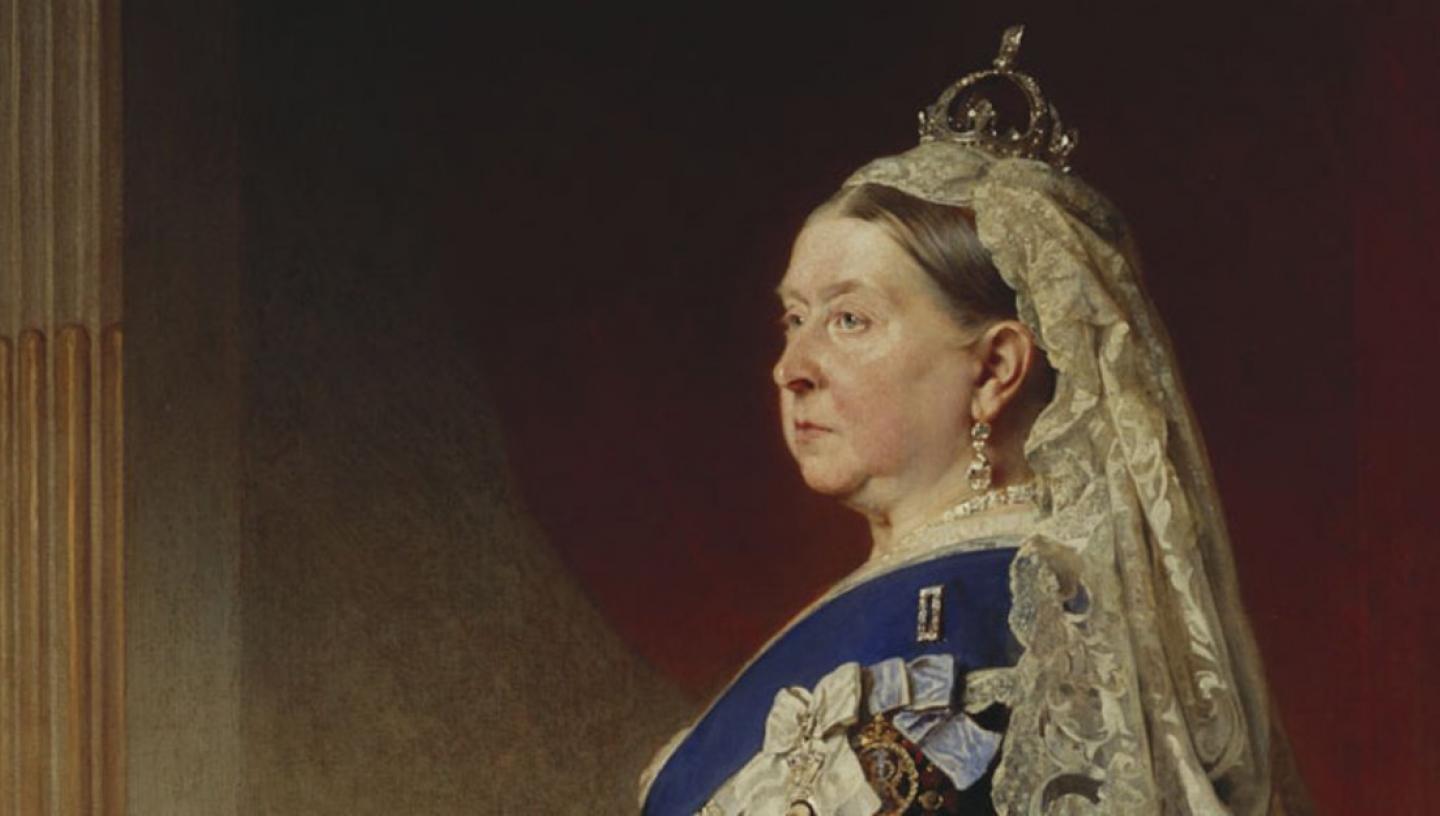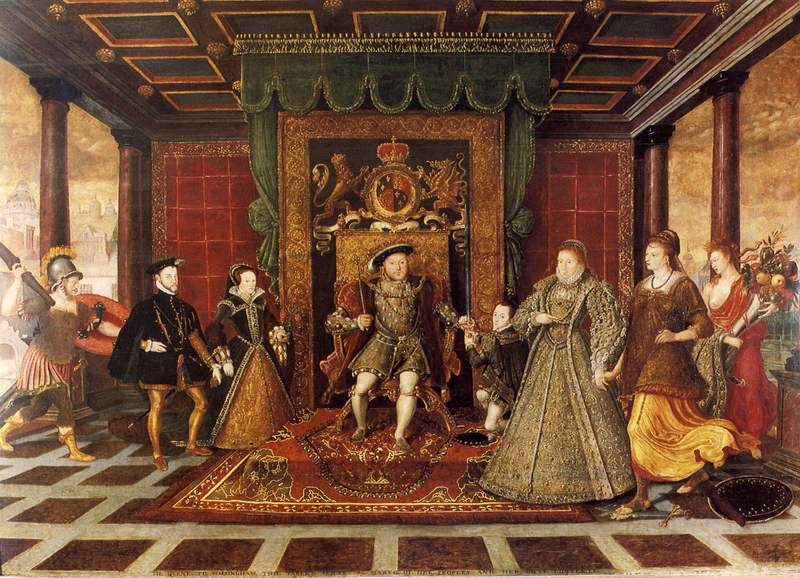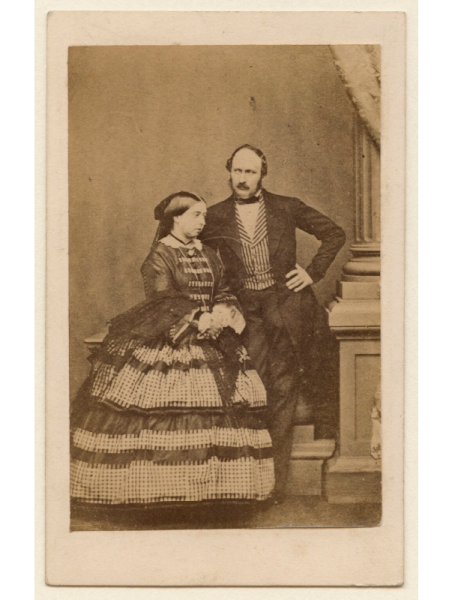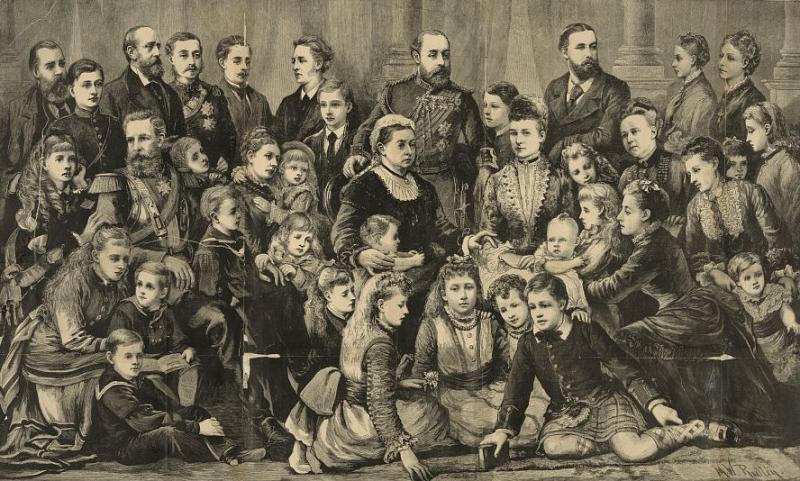
Queen Victoria served as the ruling monarch of Great Britain, India and Ireland from 1837. Her death on January 22, 1901 ended the 63-year period that claimed her name and was a great shock to both the British Empire and many nations further afield.
When did Victoria die?
Queen Victoria died at the age of 81 on 22 January 1901 at 6.30 pm. She passed away at Osborne House on the Isle of Wight, surrounded by her children and grandchildren. This included the future King, Edward VII and Kaiser Wilhelm II of Germany.
Her death marked the end of an era where many of her subjects knew no other monarch. Her 63-year reign was the longest in British history, until Queen Elizabeth II.
How did Victoria die?
Victoria died of a cerebral haemorrhage, which is a type of stroke. However, the Queen had been growing weaker for several years before her death.
Her eyesight had become clouded by cataracts, and she was a wheelchair user due to her rheumatism. In one of her last diary entries on the 4 January 1901, she wrote:
"From not having been well, I see so badly, which is very tiresome."
In the second week of January, the Queen's doctors found she had suffered from a series of minor strokes, and the end was coming. The royal family came to Osborne House to pay their respects.
On her death bed, she whispered that Turi, her Pomeranian dog, be brought to her.
Her last diary entry was written from Osborne House on Sunday 13 January 1901. It reads:
Had a fair night, but was a little wakeful. Got up earlier & had some milk. — Lenchen came & read some papers. — Out before 1, in the garden chair, Lenchen & Beatrice going with me. — Rested a little, had some food, & took a short drive with Lenchen & Beatrice. — Rested when I came in & at 5.30, went down to the Drawing room, where a short service was held, by Mr Clement Smith, who performed it so well, & it was a great comfort to me. — Rested again afterwards, then did some signing & dictated to Lenchen.
What was Victoria's funeral like?
Victoria had already planned her funeral before her passing.
In 1897, the Queen had left strict instructions relating to the service and ceremony, many of which set a precedent for state funerals to this day.
Despite Victoria spending her life after Albert's death dressed in mourning black, she dictated her funeral be a white funeral.
Furthermore, as Victoria was a soldier's daughter and head of the army, she wanted the procession and funeral to be full military service. This meant that her coffin would be carried by gun carriage, the procession consisted of navy and army officers, and there would be no public lying-in-state (where members of the public can visit the coffin and pay their respects). She also was the first monarch to be buried outside of Westminster Abbey and St George's Chapel since George I, 174 years before.
Before being placed in her coffin, Victoria was dressed in a white gown and her wedding veil. She had requested that family mementoes be placed inside too, such as Albert's dressing gown and a plaster cast of his hand.
Victoria's funeral began on 2 February 1901. As the Queen died on the Isle of Wight, her body was carried on board the HMY Alberta with several yachts taking the mourners and King Edward VII to Gosport in Hampshire and then by train to Victoria station in London.
The procession began on the route from Victoria to Paddington station. The streets along the funeral route were crowded with spectators who wanted to get a last glimpse of the Queen. From Paddington the train conveyed the coffin to Windsor, where the body was placed in St. George's Chapel at the castle.
On the evening of 4 February, Queen Victoria's coffin was carried to Frogmore Mausoleum, which she had built for Albert upon his death. Above the mausoleum's doors, Queen Victoria had inscribed:
"Vale desideratissime. Farewell most beloved. Here at length, I shall rest with thee, with thee in Christ I shall rise again."
Who succeeded Queen Victoria?
After the death of Queen Victoria her eldest son, Edward VII (9 November 1841 – 6 May 1910) became king, marking the beginning of the Edwardian period.
Nicknamed Bertie, Edward was seen as a fashionable socialite before becoming king. He is thought to have as many as fifty-five mistresses. This persona caused much upset to Victoria who saw Edward as doing damage to the royal family's name.
After his succession, Edward strengthened England's ties with much of Europe, where he was known as "peacemaker." At home, his military and naval reforms in Britain prepared the country well for World War I. His relationship with Wilhelm II, Germany's emperor and Edward's nephew, were difficult and sour due to the rivalry between the two countries and the two men.
Edward's reign was perceived as a golden age for the upper classes in Europe and America, but society was quickly changing. Socialism, the suffragette movement, and trade unions were becoming dominant. This period also marked the establishment of Britain's Welfare State.
As Britain became increasingly democratic and parliament grew in power, Edward saw the importance of the ceremonial role of the monarchy. This led to many formal celebrations in both the UK and India, many of which continue today. He died of pneumonia at Buckingham Palace in 1910 and was succeeded by his second son George V.







